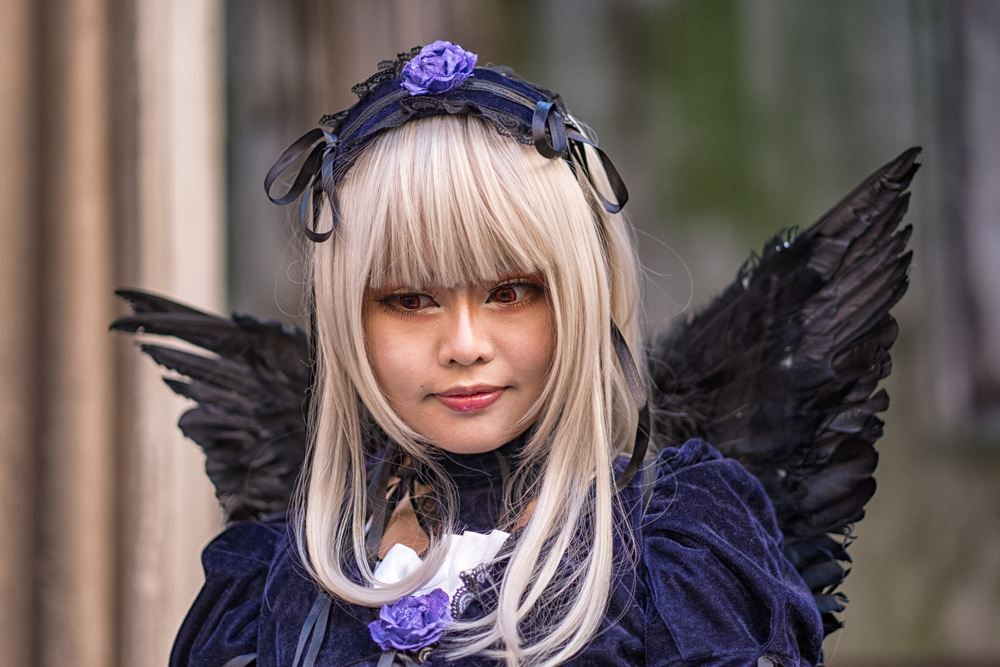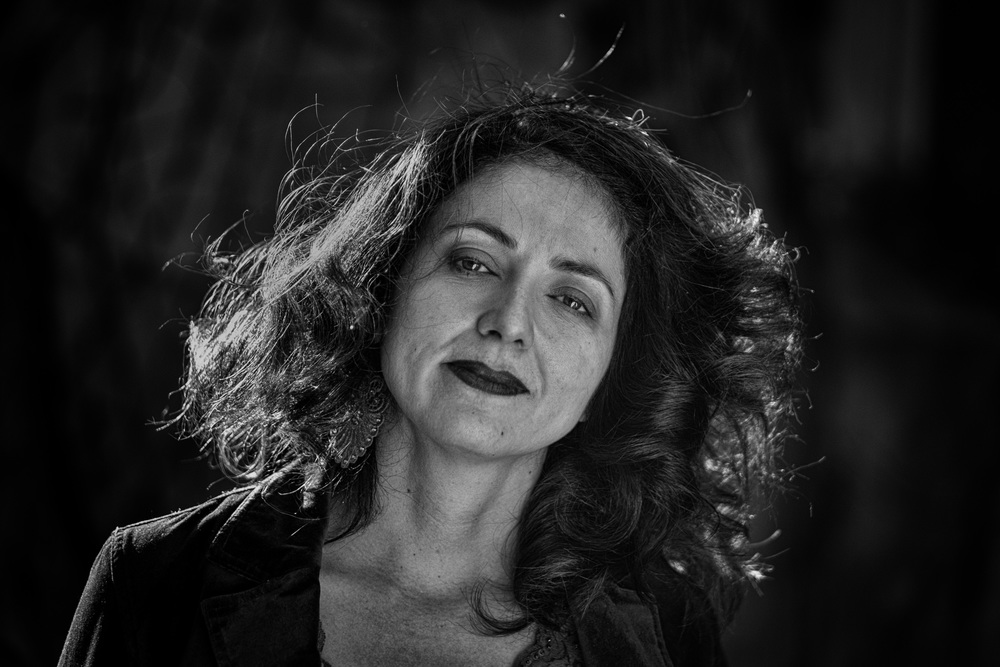
Fuji’s announcement of the X-Pro 2, X-E 2S and the X70 reminds me why I have a lot of time for that company. While I am at heart a Leica fan, Fuji comes second best in my firmament. I admire Fuji’s professionalism, its customer service and its policy of attempting, wherever possible, to upgrade older cameras so that owners do not feel shortchanged.
From the beginnings of the XF-mount system, with the X-Pro 1 five years ago, Fuji has demonstrated a mature attitude in its dealings with photographers and has consistently managed to surprise us with great cameras. It’s not just the cameras, its the lenses. Fuji has developed a really tremendous range of XF lenses to suit any occasion and has stuck impressively to its lens road map.
Temptation
I own a quartet of Fuji lenses (including the Mark I 56mm for which I have a very soft spot) and an X-T10, which I bought as a lightweight camera for times when I wanted a change from often heavier the Leica gear. I don’t use it much but I’m keeping the system and could well be tempted by the new X-Pro 2. The overall excellence of the XF system is hard to beat.
I also find the system works well with Leica lenses and, on occasion, the 1.5 crop factor can turn a standard M, such as the basic 50mm Summicron, into a completely different experience. With a lightweight Fuji body alongside an M or Monochrome, you have double the number of focal lengths at your disposal for any given lens.

Resale value
It’s perhaps no wonder that resale values of Fuji X cameras are better than average, not quite up to Leica standards but, particularly when it comes to the lenses, perfectly respectable and sustainable.
Other manufacturers are not so keen to keep their customers happy. I am thinking in particular of Sony. Back in 2015 I bought an A7II, mainly to try out the full-frame sensor with M lenses. I realised, however, that Sony doesn’t have the same eagerness to provide firmware upgrades as do Fuji and Leica. With a new camera arriving seemingly every few minutes, a Sony is almost obsolete as soon as you leave the shop. At least it feels like that sometimes.
Sony blues
And reselling a Sony is not as easy as it could be, almost certainly because of the additional baubles attached to the constant flow of new models. The A7II was a pain to sell. I tried twice on Amazon and on both occasions it was returned by the buyer—one was surprised there was no lens included and, on the second occasion the buyer simply changed his mind ten minutes after I’d mailed the parcel.
So I left it with my local camera shop and they’ve been struggling for nearly three months to move it. This week, with a sigh of relief, I found it had sold at long last.
There is never a problem selling any Leica camera or lens and there is a very clear understanding about used values. I don’t sell direct and prefer to use an established dealer such as Red Dot Cameras where the commission is still extremely reasonable. In fact, a good dealer will obtain a better price than eBay or Amazon because he is offering up his reputation and warranty. After you’ve factored in the listing costs and PayPal charges, sale through a good dealer (especially if he is holds a franchise for the marque) is likely to produce just as much cash. And it is completely hassle free.

Part exchange
Of course, if take the part-exchange route rather than a sale-or-return commission sale, you will lose more, perhaps a further 15 or 20 percent. Without a doubt, though, the most economical way of selling if you want to minimise depreciation is to sell on commission.
The same applies to Fuji. Over the past five years I’ve traded various Fujis through a franchised dealer, Chiswick Camera Centre . While they charge more commission than Red Dot Cameras, they do move the equipment rapidly.
In choosing new APS-C or full-frame mirrorless equipment, then, I would unequivocally recommend either Leica or Fuji if you want the best user experience and a quick sale when it’s time to upgrade. Sorry, Sony. You make excellent cameras and you are supremely innovative. But you produce too many new models with the result that the bottom soon falls out of the market—and your wallet.
It’s ten past two. Must be time for a new A7.

I am with you most of the way on Fujifilm cameras. I bought an X-T1 early last summer and I found recently on checking back through my saved images that I used it more often than any other camera I had last year. The image quality is not as good as a Leica, but if you can master the focus peaking (still a work in progress in my case) and use a Leica lens you can get close enough to Leica quality. The main attractions of the camera are its small size, light weight , the traditional controls (rather than menus) for important functions and the excellent EVF. The EVF could probably be improved further but, as a person who uses optical rangefinders a lot of the time, I have no principled objection to EVFs. We are already attuned to using electronic screens on computers and TVs etc.
The only real issue I have with Fujifilm is some incompatibility between Fujifilm RAW images and Lightroom as regards landscape and leaves on trees. You can partially overcome this by changing your settings and using other software in your workflow, such as Iridient Developer, but more work needs to be done in conjunction with imaging software developers.
As for Sonys etc I have heard people speak well of them but they are more to the ‘computer with lens’ side of things with lots of menus etc. I am more inclined towards the traditional controls on the Fujifilm X models given my background in traditional cameras. As for disposing of digital cameras, given that users on camera websites are often baying for ‘planned obsolescence’ upgrades after only six months or so, does anyone in their right mind regard the purchase of a digital camera as an ‘investment’? I think you are right, though, in your suggestion that selling is best left to the ‘professionals’.
William